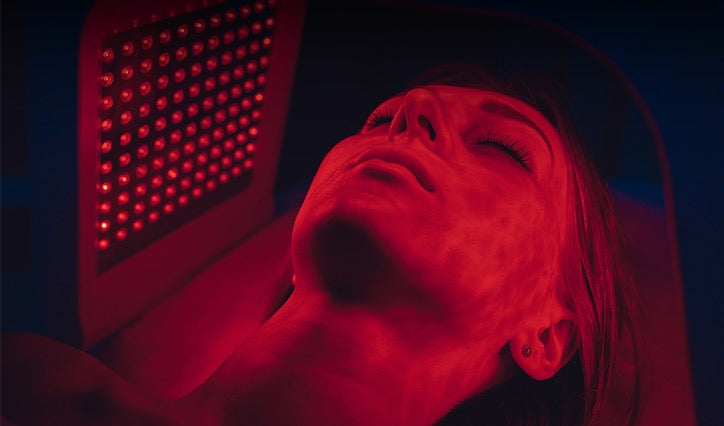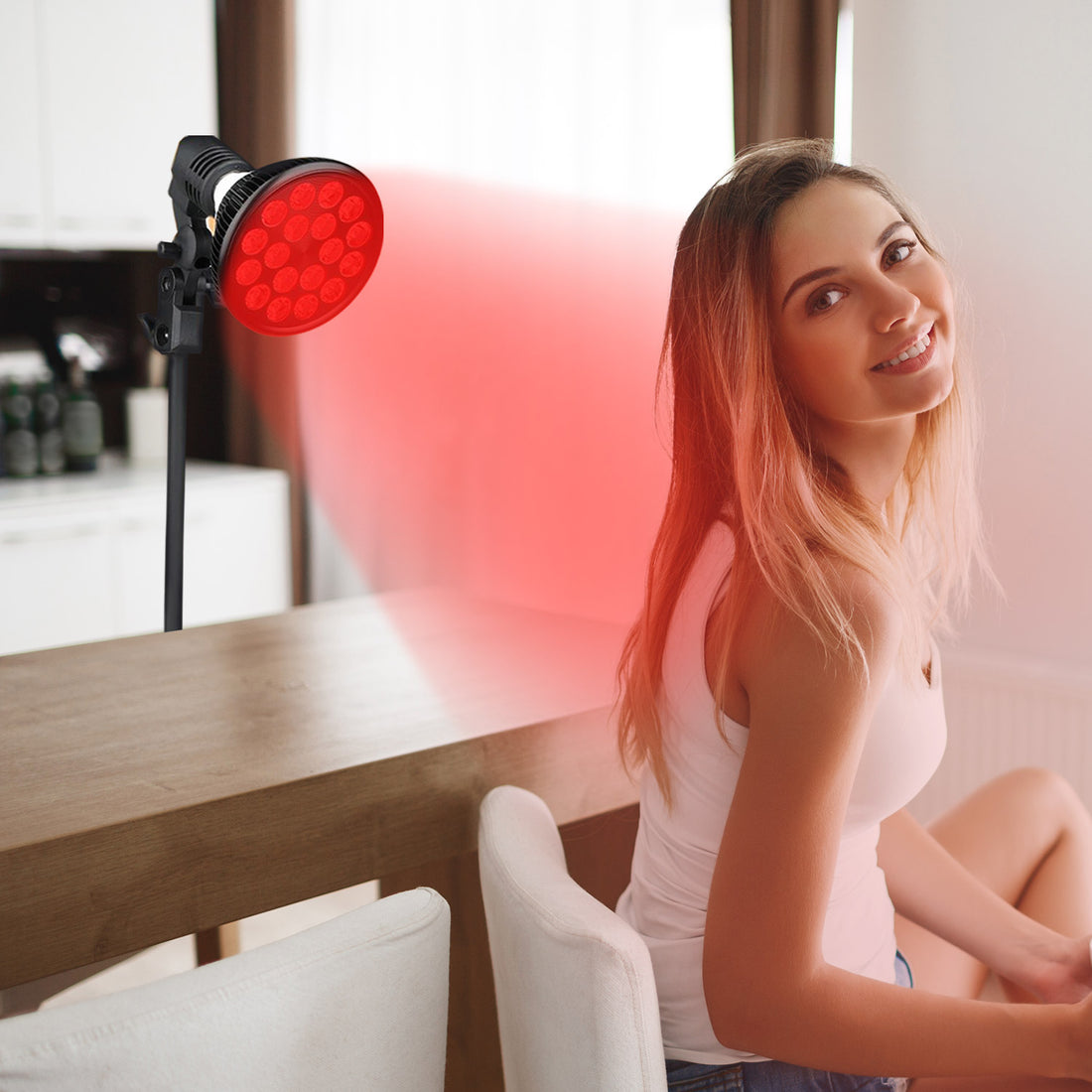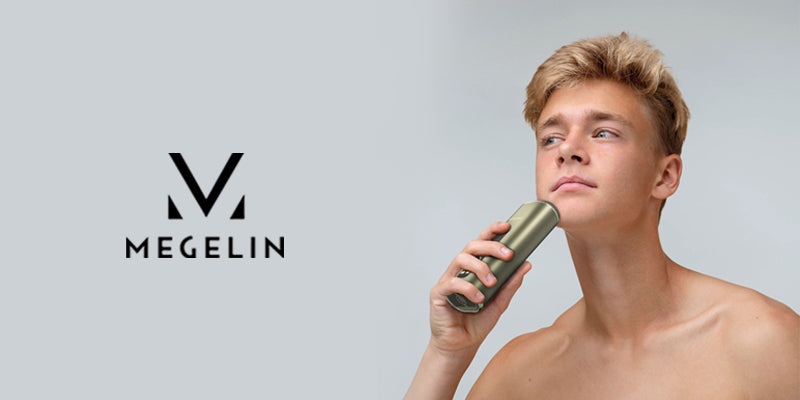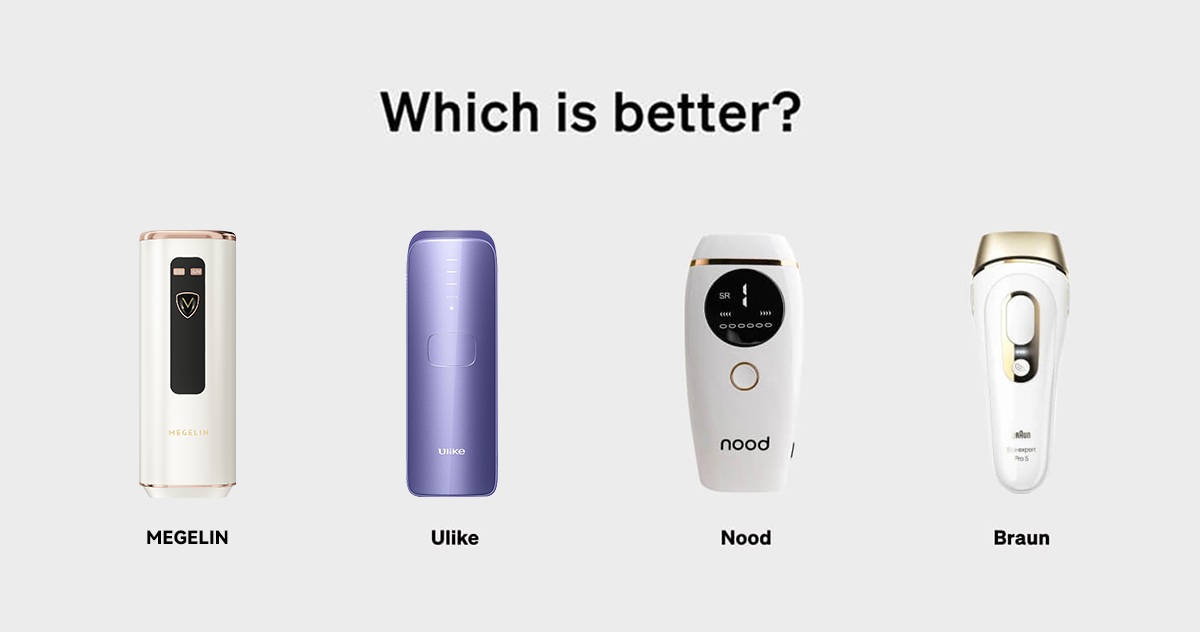
What Do Red LED Lights Mean?
LambertJarvisRed Light Therapy
Red Light Therapy (RLT) is an emerging therapeutic approach demonstrating potential in addressing concerns like wrinkles, redness, acne, scars, and various manifestations of aging. However, numerous researchers emphasize the necessity for additional clinical trials to substantiate its efficacy as a treatment. If you have an interest in exploring the benefits of Red Light Therapy, it is advisable to consult your healthcare provider to determine whether it is a viable option for addressing your specific skin-related concerns.
What is red light therapy?
Red Light Therapy (RLT) is a therapeutic method that harnesses low-wavelength red light with the purported aim of enhancing skin aesthetics, encompassing wrinkle reduction, scar mitigation, redness alleviation, and acne management. It is also promoted for the treatment of various medical conditions.
Presently, considerable ongoing research, the publication of small-scale studies, and extensive discourse on the internet surround the efficacy of red light therapy for diverse health applications. While certain studies do exhibit promising results, the comprehensive efficacy of red light therapy remains undetermined.
Alternative terms used to describe red light therapy may include:
- Low-level laser light therapy.
- Low-power laser therapy.
- Non-thermal LED light.
- Soft laser therapy.
- Cold laser therapy.
- Biostimulation, photonic stimulation.
- Photobiomodulation and phototherapy.
How has the fascination with red light therapy developed over time?
NASA initially initiated research into red light therapy for space plant growth and wound healing in astronauts. As with many advancements, this exploration led to the investigation of other potential applications.
Notably, red light therapy has gained widespread medical acceptance, particularly in the realm of photodynamic therapy. Here, low-intensity red laser light is utilized to activate photosensitizing drugs, inducing a chemical reaction that targets and destroys cells. This technique is employed in the treatment of various skin conditions, including skin cancer, psoriasis, acne, warts, and certain other cancer types.
Today, RLT is under scrutiny or already implemented in addressing a diverse range of health conditions. What remains perplexing, and sometimes contentious, is the treatment's effectiveness for the purposes it is being promoted.
What is the presumed mechanism behind the effectiveness of red light therapy?
Red light therapy is theorized to operate by influencing the mitochondria, often referred to as the cellular "powerhouses." By augmenting cellular energy production, it is believed to enhance the overall efficiency of various cells, particularly those involved in skin repair, new cell generation, and the revitalization of skin. To delve deeper, specific cells are believed to absorb particular light wavelengths, which in turn, stimulate their functionality.
In terms of skin health, red light therapy is conjectured to:
- Trigger the production of collagen, a critical element responsible for providing the skin with its structure, strength, and elasticity.
- Elevate fibroblast production, which is responsible for generating collagen—an essential component of the connective tissue that forms the foundation of healthy skin.
- Improve blood circulation to the targeted tissue.
- Mitigate inflammation within the cells.
For which skin issues is red light therapy currently being explored as a potential treatment?
Red light therapy is advocated as a remedy for a range of prevalent skin conditions, including:
- Enhancing the healing of wounds.
- Diminishing the appearance of stretch marks.
- Reducing wrinkles, fine lines, and age-related spots.
- Enhancing facial texture.
- Alleviating symptoms of psoriasis, rosacea, and eczema.
- Enhancing the appearance of scars.
- Addressing sun-damaged skin.
- Promoting hair growth, particularly in individuals with androgenic alopecia.
- Managing acne.
Is red light therapy truly effective?
The consensus among experts is that the efficacy of red light therapy (RLT) for its various claimed applications remains uncertain. While some published studies suggest potential benefits for specific conditions, the need for further research is widely emphasized. Red light therapy continues to gain attention as an emerging treatment, but, as of now, there is insufficient empirical support for most of its proposed uses.
The gold standard for evaluating the effectiveness of a treatment is a randomized, placebo-controlled trial. In such trials, individuals with similar characteristics (age, weight, race, gender, etc.) are randomly assigned to receive either the experimental treatment or a placebo (a simulated or "sham" treatment) for the same condition. Some studies also involve comparisons with established treatments. This allows for a comparison of results between the emerging treatment and no treatment (the placebo group) or an existing standard treatment.
Many of the published studies on RLT have limitations, including small sample sizes, absence of a placebo group, reliance on animal studies, or focusing solely on cell tissue. While initial findings may appear promising, most researchers concur that more comprehensive studies involving larger populations are necessary to establish the true effectiveness of RLT.
Is it safe and reasonable to use at-home devices?
When searching the internet, you'll come across many red light therapy products. While these products are generally safe, they may utilize lower-wavelength frequencies (indicating lower power) compared to devices used by dermatologists or other trained professionals. This may result in not achieving the desired outcomes.
Therefore, MEGELIN has developed a red light therapy product that combines substantial power with safety.
Utilizing the latest LED multi-chip technology and incorporating seven different light wavelengths, it can effectively address various skin concerns. With up to 287 high-power LED beads, it ensures the necessary energy to produce cosmetic effects. Combined with our latest developed essence mask, it provides comprehensive skincare benefits inside and out.











